The Digital Door Locks Market is currently characterized by a dynamic competitive landscape, driven by technological advancements and increasing consumer demand for security solutions. Key players such as Assa Abloy (SE), Allegion (US), and Samsung (KR) are at the forefront, each adopting distinct strategies to enhance their market presence. Assa Abloy (SE) focuses on innovation through continuous product development, while Allegion (US) emphasizes strategic partnerships to expand its reach. Samsung (KR), on the other hand, leverages its expertise in smart technology to integrate advanced features into its digital locks, thereby appealing to tech-savvy consumers. Collectively, these strategies contribute to a competitive environment that is increasingly centered around innovation and customer-centric solutions.
In terms of business tactics, companies are increasingly localizing manufacturing to reduce costs and enhance supply chain efficiency. This approach is particularly relevant in a moderately fragmented market where numerous players vie for market share. The collective influence of key players, including Kwikset (US) and Yale (GB), further shapes the competitive structure, as they engage in aggressive marketing and product differentiation to capture consumer interest.
In August 2025, Allegion (US) announced a strategic partnership with a leading smart home technology provider to enhance its product offerings. This collaboration aims to integrate advanced home automation features into Allegion's digital locks, thereby positioning the company as a leader in the smart home security segment. The strategic importance of this partnership lies in its potential to attract a broader customer base, particularly among homeowners seeking comprehensive security solutions.
In September 2025, Assa Abloy (SE) launched a new line of biometric digital locks designed for commercial applications. This product line incorporates cutting-edge fingerprint recognition technology, which is expected to enhance security for businesses. The introduction of these locks signifies Assa Abloy's commitment to innovation and its focus on meeting the evolving needs of commercial clients, thereby strengthening its competitive position in the market.
In October 2025, Samsung (KR) unveiled an upgraded version of its smart lock series, featuring enhanced AI capabilities for improved user experience. This development reflects Samsung's ongoing investment in artificial intelligence and its aim to provide users with more intuitive and secure access solutions. The strategic importance of this upgrade lies in its potential to differentiate Samsung's offerings in a crowded market, appealing to consumers who prioritize advanced technology in their security solutions.
As of October 2025, current competitive trends in the Digital Door Locks Market are increasingly defined by digitalization, sustainability, and the integration of artificial intelligence. Strategic alliances among key players are shaping the landscape, fostering innovation and enhancing product offerings. Looking ahead, competitive differentiation is likely to evolve from traditional price-based competition to a focus on technological innovation, supply chain reliability, and customer-centric solutions, underscoring the importance of adaptability in a rapidly changing market.


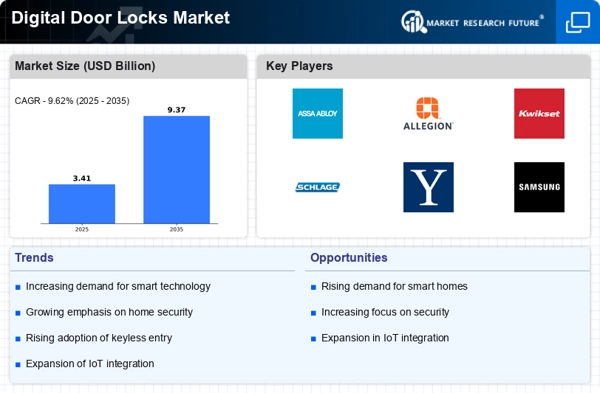
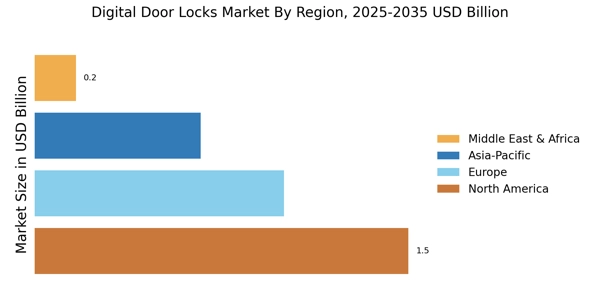
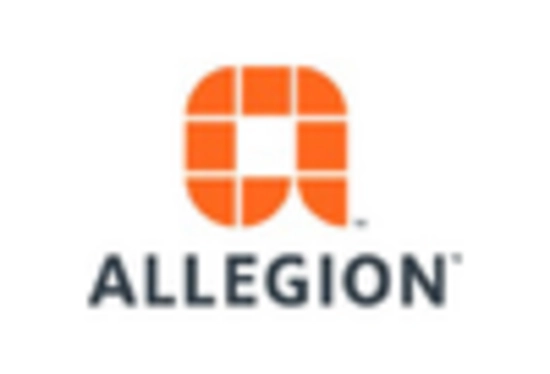

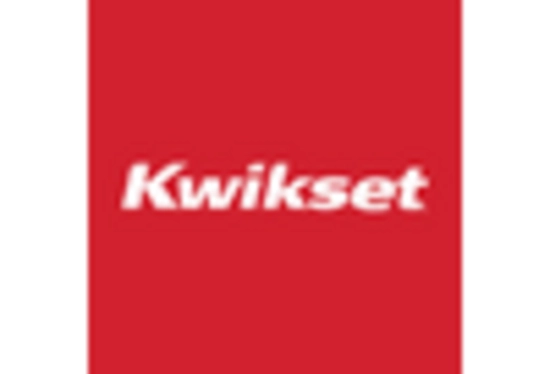

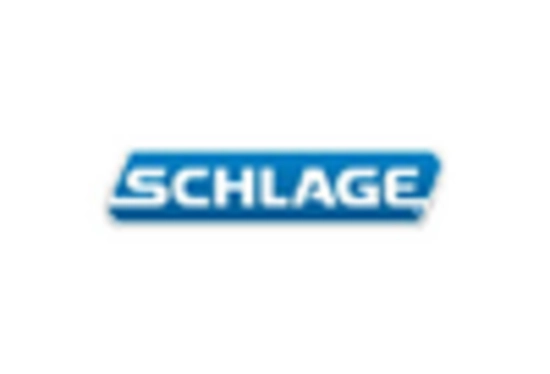









Leave a Comment